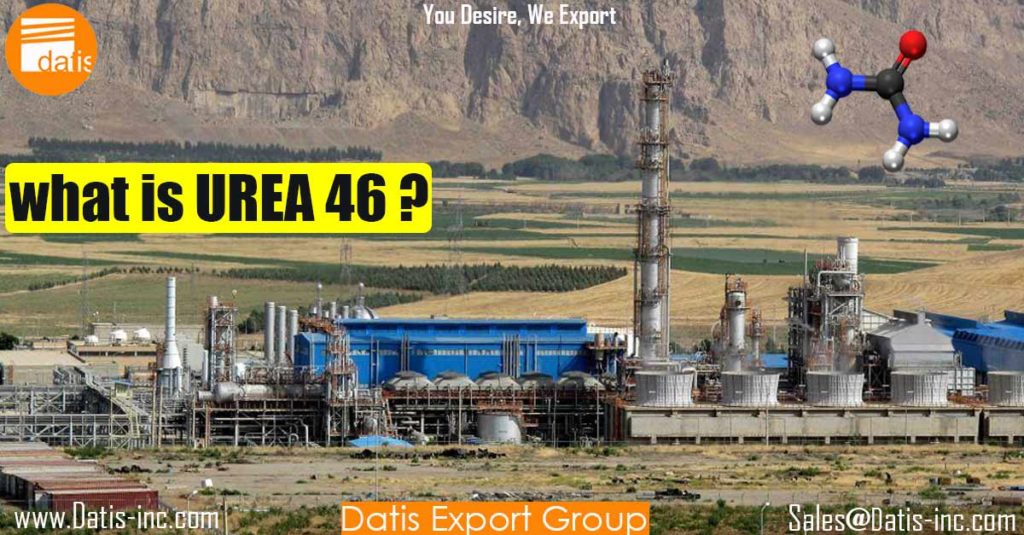- can be applied to soil as a solid or solution or to certain crops as a foliar spray.
- Urea usage involves little or no fire or explosion hazard.
- Urea’s high analysis, 46% N, helps reduce handling, storage and transportation costs over other dry N forms.
- Urea manufacture releases few pollutants to the environment.
- Urea, when properly applied, results in crop yield increases equal to other forms of nitrogen.
- Incorporate urea for best use
Nitrogen from urea can be lost to the atmosphere if fertilizer urea remains on the soil surface for extended periods of time during warm weather. The key to the most efficient use of urea is to incorporate it into the soil during a tillage operation. It may also be blended into the soil with irrigation water. A rainfall of as little as 0.25 inches is sufficient to blend urea into the soil to a depth at which ammonia losses will not occur.
If properly applied, urea and fertilizers containing urea are excellent sources of nitrogen for crop production. After application to the soil, urea undergoes chemical changes and ammonium (NH4 +) ions form. Soil moisture determines how rapidly this conversion takes place.
When a urea particle dissolves, the area around it becomes a zone of high pH and ammonia concentration. This zone can be quite toxic for a few hours. Seed and seedling roots within this zone can be killed by the free ammonia that has formed. Fortunately, this toxic zone becomes neutralized in most soils as the ammonia converts to ammonium. Usually it’s just a few days before plants can effectively use the nitrogen. Although urea imparts an alkaline reaction when first applied to the soil, the net effect is to produce an acid reaction.
Urea or materials containing urea should, in general, be broadcast and immediately incorporated into the soil. Urea-based fertilizer applied in a band should be separated from the seed by at least two inches of soil. Under no circumstances should urea or urea-based fertilizer be seed-placed with corn.
With small grains, 10 lb. of nitrogen as urea can generally be applied with the grain drill at seeding time even under dry conditions.
